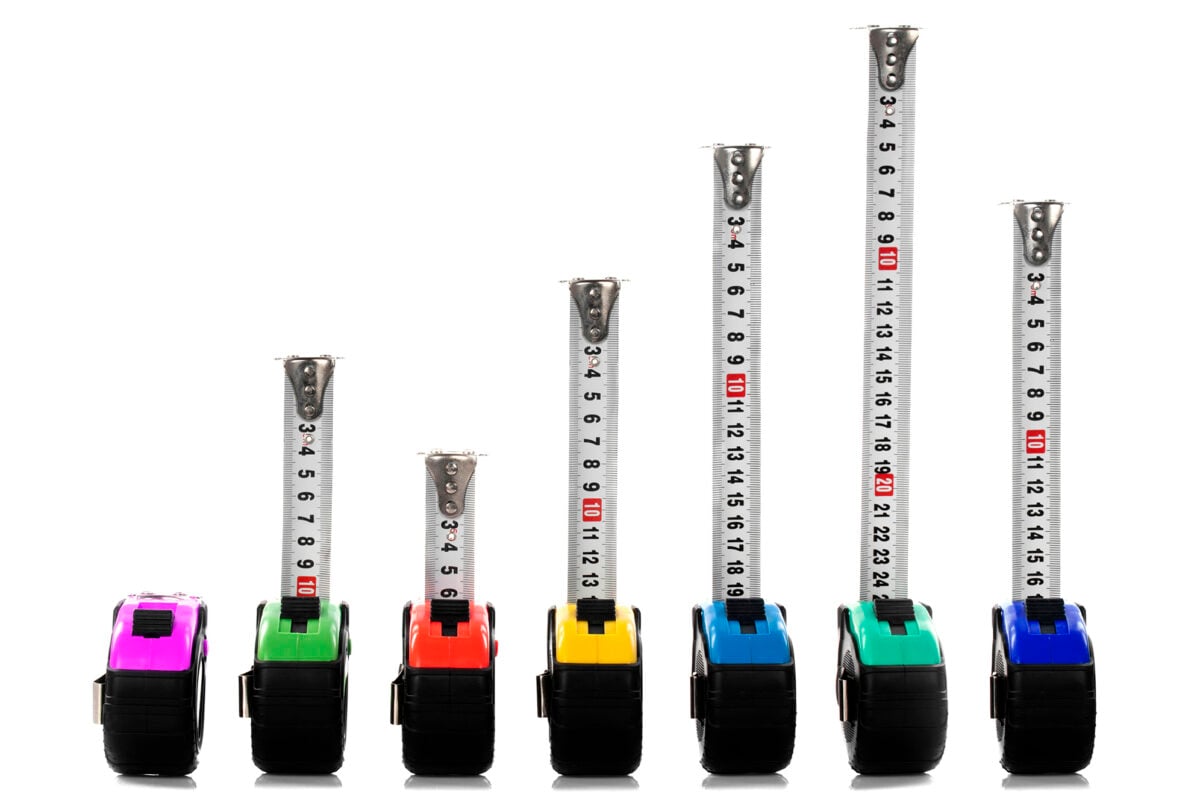How one simple shift can help you get (and keep) employees’ attention
It’s one of the most common frustrations we hear from the internal communication teams we work with. They create countless pieces of communication, but employees don’t seem to be receiving the information.
Internal comms teams usually tell us something like this:
- “Only a quarter of our employees are opening our emails.”
- “Town hall attendance is lower than ever, and our CEO wants us to fix it.”
- “Our last news article took 23 hours to research, write and revise, but it only got 72 views on the intranet.”
So what’s going wrong? How do we get employees to engage with content so the message gets through?
After conducting research with thousands of employees across multiple industries, this answer came up every single time:
Make employees’ needs the top priority when crafting communication.
According to the employees from our surveys and focus groups, they sometimes ignore communications coming from the company because they don’t feel they can justify spending time on it.
Many employees reported feeling a sense of “information overload” at work. They’re receiving a constant stream of incoming alerts, calls, messages, texts, emails and other notifications.
They can’t keep up with all of it. There’s simply not enough time.
When internal comms content fails to deliver a heavy dose of information employees are looking for, they automatically redirect their attention.
Start by gathering data about what the audience needs.
One of the most effective ways to gain the insight needed for the shift to an audience-first approach is to use a short survey.
Based on employees’ responses, you’ll see themes emerge that reveal the channels, tactics and topics that perform best.
Using your survey results, you’ll see how your team can adjust editorial planning, content creation, tone of voice and all other aspects of communication to have the strongest impact.
At JPL, we use this survey along with several other research sources to perform Internal Communication Audits for communicators looking to boost the visible, tangible results of their programs.
By taking a holistic view of the entire program, the audit provides a roadmap of recommendations to ensure internal communication is carefully crafted to ignite passion within the workforce and inspire employees to work toward a common goal.
Prioritize content to protect employees’ time and attention.
We understand that this isn’t easy for some communicators. Most of us have been taught to pass along messages from the CEO or senior leadership in order to advance the company’s goals – and that’s still a top priority.
Using an audience-first approach means using audience insights to focus content on what employees care about most and shape our communication plans. Senior leadership should always be a part of internal comms planning, but their preferences should be balanced by research.
An audience-first approach helps internal comms teams demonstrate tangible value.
The internal comms team serves as the critical communicator ensuring internal communication advances the company’s priorities.
However, communication can only succeed when two things happen:
- The message reaches the intended audience.
- The message is interpreted properly by the intended audience.
Internal communicators, armed with audience insight, can craft communication customized to the needs of the audience. This ensures their work connects with employees and helps to drive the company forward.




